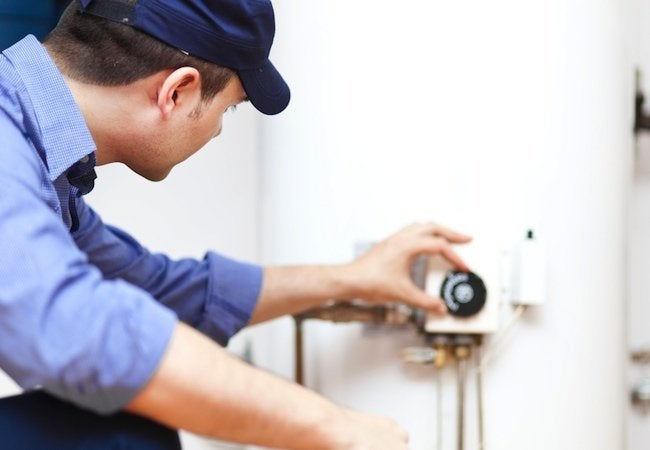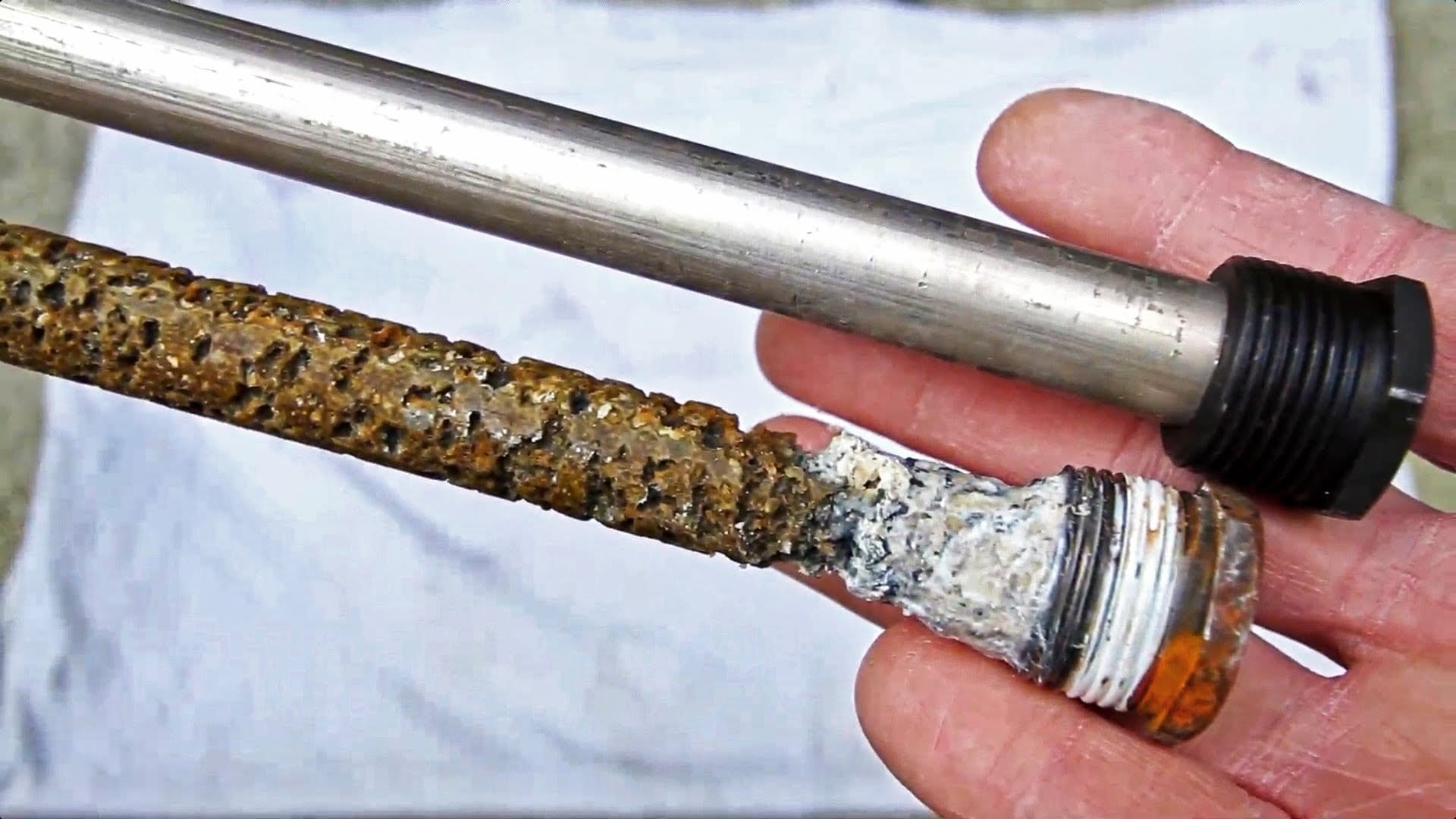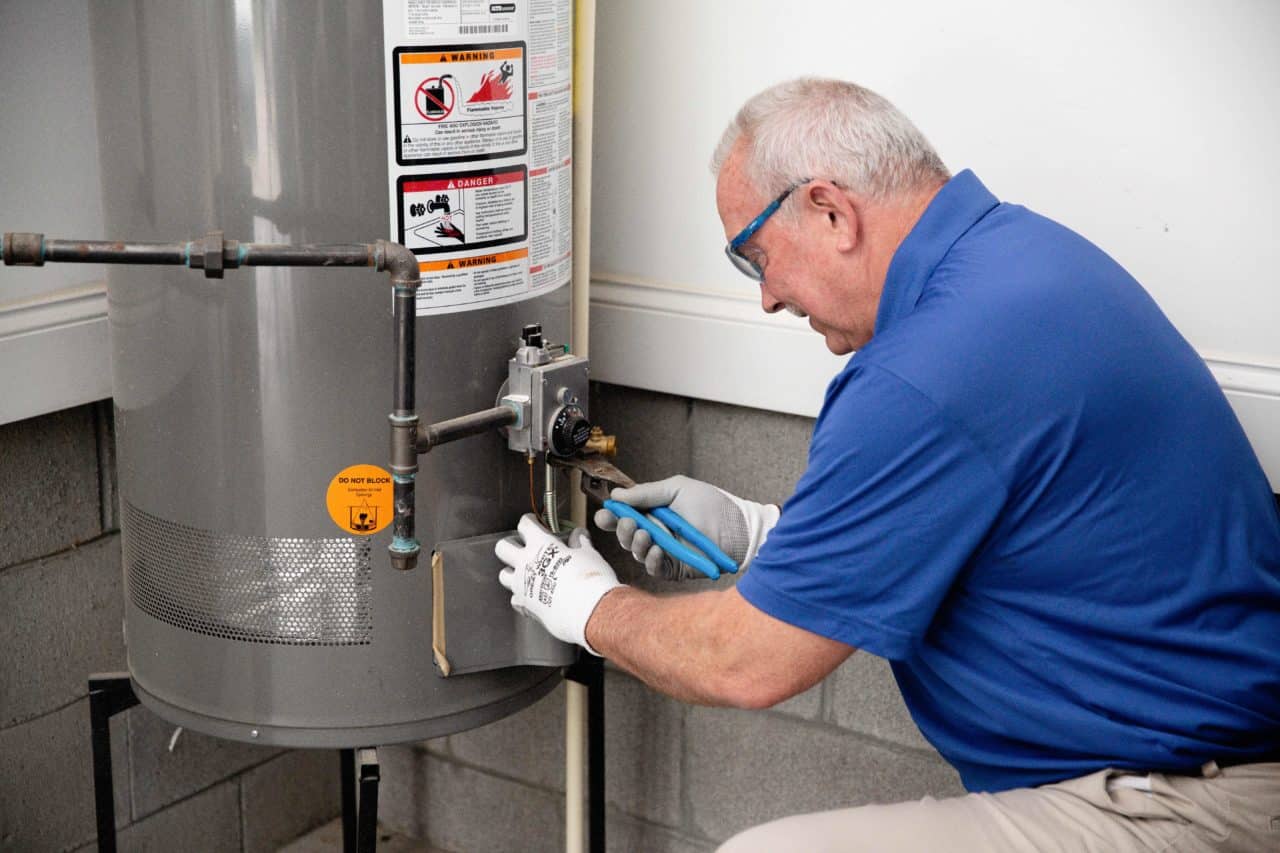Modern homes must have a consistent supply of hot water. Hot water is frequently required in a typical home for bathing, cleaning, and cooking. The most contemporary water heater models contain features that increase comfort and energy efficiency. If you want to know more about water heaters, read the article below.
Common types of water heaters
Traditionally, tank-type water heaters have been more common in homes than the more current on-demand models. They frequently include a storage tank with 2 or 3 inches of insulation to prevent heat losses. They can often carry 30 to 50 gallons of water at once.
Tank systems have the advantages of being less expensive to buy and simpler to install. They feature a simpler mechanism, which lowers the price of repairs and maintenance. However, you have to wait while the device heats the water. They take up more room inside of you and use more energy per unit of work.
An on-demand heater has the advantage of being able to supply water whenever you need it. On-demand systems can save homeowners between 24 to 34% of their energy consumption for homes that use less than 41 gallons of hot water per day. Tankless systems can fit in small locations thanks to their minimalist construction.
On-demand water heater disadvantages include a higher installation cost. When several fixtures are in use, they may not provide enough hot water. So, before installing a tankless system, it is essential to evaluate the hot water requirements of your home.
Construction and insulation of the storage tank
Dealing with standby heat loss is difficult with systems that demand a storage tank. The insulation’s thermos resistance might change depending on the substance and how it is made.
The heat resistance of the insulation in the tank is measured using a unit called the R-value. Heat losses decrease as the rating rises. Choosing models with values between R-12 and R-25 is advised by the U.S. Department of Energy.
You could add an insulation blanket if your heater has a low R-value. When you touch a tank that needs insulation, it will be warm. But when installing the tank, it is the ideal moment to cover it with a blanket.
The impact of the anode rod on the longevity of your equipment
An anode rod is an object made of metal hanging from the tank's top. The rod attracts minerals and sediment to it, which prevents corrosion on the tank's lining. As a result, the rod breaks down instead of the tank lining.
Every three years, the anode rod will require maintenance. However, you might need to check your water heater annually, depending on how much you use it and the quality of the water in your house.
Some indications that you might need to arrange for a replacement include discolored water, a rotten egg smell, and inconsistent water temperatures. An unreliable anode rod might make your water heater work harder and consume more energy.
The drain and T&P valves’ purpose
Your water heater may produce excessive heat and pressure when it is in use. When the pressure levels rise above their safe level, the temperature and pressure (T&P) relief valve releases the buildup.
You can drain water from the tank's bottom using the drain valve. As part of regular maintenance, your water heater needs to be flushed from time to time. Sediment that could harm the tank's inner lining is removed during flushing.
The majority of drain valves are composed of metal or plastic. Although plastic is less expensive, it can leak and degrade. If you need to replace the valve, think about using brass.
Improve your water heater performance
It is wise to seek maintenance as soon as your heater breaks. However, maintaining its effectiveness through maintenance is the best way to avoid repairs.
Regular flushing may remove dirt, causing your equipment to last less time. Additionally, your experienced plumber, for example, Asheville plumbing experts, can make suggestions for dealing with limescale, and any other maintenance steps you should take.
To prevent sedimentation, it might include installing a filter.
A water softener is frequently the best option when your water is extremely hard. Water softening will protect your tank, the parts of your water heater, and your plumbing system.
How do you know when a replacement is needed?
A water heater can survive for about ten years if you've been performing annual maintenance. Consider replacing your equipment if it is more than ten years old and beginning to malfunction.
One indication that your water heater is nearing the end of its useful life is a rusted inlet valve. If your water is discolored, corrosion may have spread to other important system components. Sounds like gurgling and bubbling are signs that there is silt at the tank's bottom.
A leak near the water heater tank is among the most dangerous problems. The inner lining may tear after many cycles in the presence of corrosive substances. Contact your nearest water heater professional for a straightforward evaluation of your system in such circumstances. Experts in plumbing not only help you but also advise on how to maintain your water heater.
Conclusion
More than 20% of energy consumption is spent on a water heater, which is more than what you spend on heating and cooling. Water heaters are frequently neglected until they malfunction, leaving everyone without hot water. Water heaters must now be more energy-efficient due to recent government rules. Therefore, better and safer choices are available. When choosing a new water heater, make sure you know how it works; if not, contact your nearest water heater professional, whether you want to install one or have problems with the one you already have.



